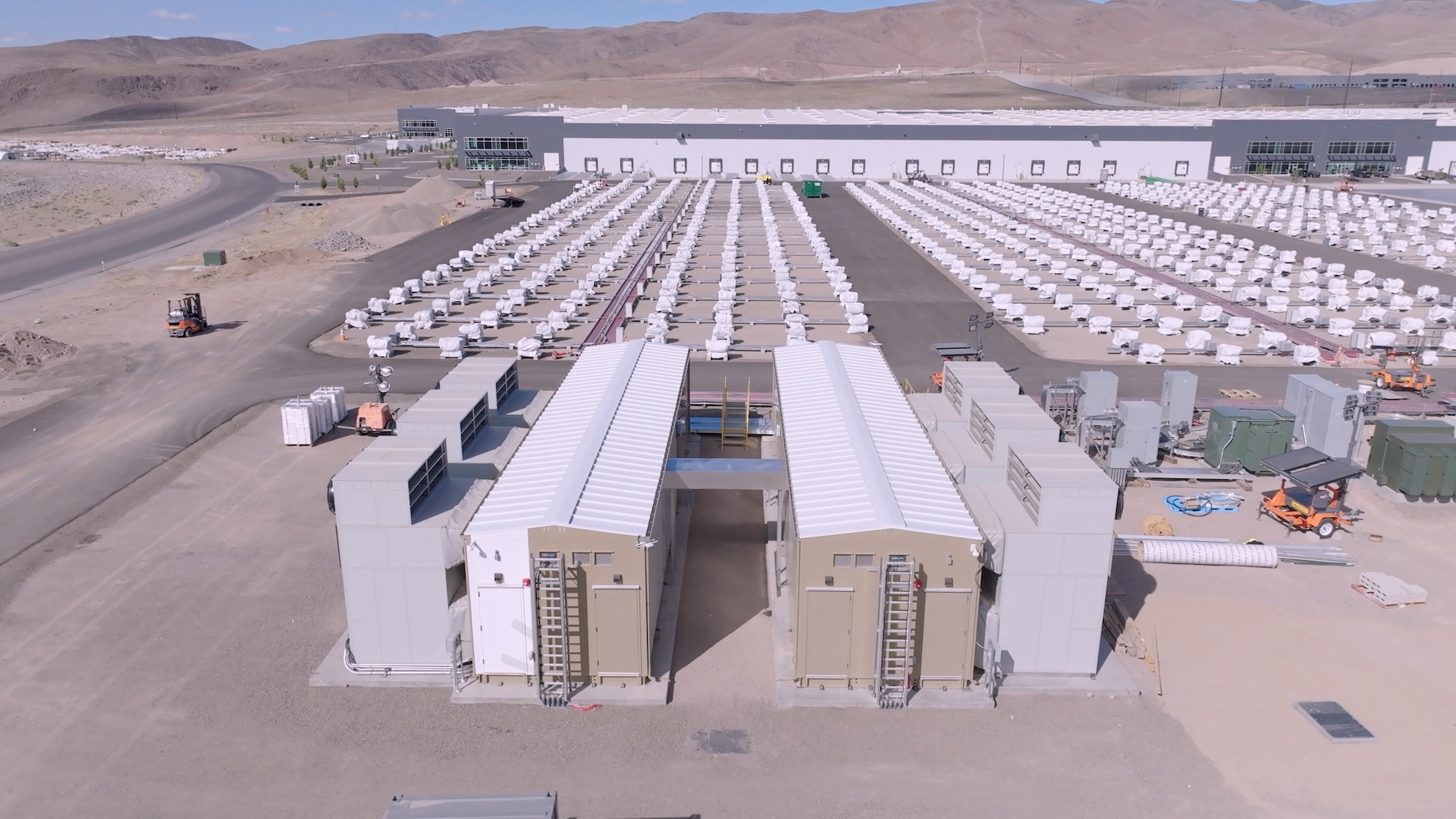
Lowercarbon Capital, the venture capital powerhouse co-founded by climate investor Chris Sacca, is actively assembling its second dedicated fund to back companies striving to harness the immense power of nuclear fusion. This significant move, announced by Sacca himself at the SOSV Climate Tech Summit, underscores a growing conviction within the venture capital community that fusion energy, long considered a distant dream, is approaching a pivotal breakthrough, poised to revolutionize global energy production. The firm’s renewed commitment builds upon its initial $250 million fusion-focused fund established in 2022, signaling an acceleration of private capital into this highly complex, yet potentially world-changing, clean energy sector.
The Promise of Fusion: Mimicking the Stars
Nuclear fusion is the process that powers the sun and other stars, where light atomic nuclei combine to form heavier ones, releasing vast amounts of energy in the process. Unlike nuclear fission, which involves splitting heavy atoms and is the basis for current nuclear power plants, fusion offers a compelling vision of clean, virtually limitless energy. The primary fuels—deuterium, readily extracted from ordinary water, and tritium, which can be bred from lithium—are abundant, minimizing resource scarcity concerns. Furthermore, fusion reactors are inherently safer, producing no long-lived radioactive waste, and pose no risk of runaway chain reactions or meltdowns. The allure of carbon-free, baseload power, without the intermittency of renewables or the waste challenges of fission, positions fusion as a holy grail in the quest for sustainable energy.
The scientific challenge, however, is monumental. Replicating stellar conditions on Earth requires heating hydrogen isotopes to extreme temperatures, often exceeding 100 million degrees Celsius, to create a plasma hot and dense enough for fusion reactions to occur. This superheated plasma must then be confined for long enough to generate more energy than is put in—a state known as "net energy gain" or "scientific break-even." Achieving this delicate balance of temperature, density, and confinement has been the focus of international research for decades, pushing the boundaries of physics and engineering.
A Century of Pursuit: From Theory to Proto-Reactors
The theoretical understanding of nuclear fusion emerged in the early 20th century, with pivotal discoveries by scientists like Arthur Eddington and Hans Bethe explaining the energy source of stars. Serious experimental research began in the mid-20th century, largely driven by government initiatives in the wake of World War II and the subsequent Cold War energy race. Early efforts like Project Sherwood in the U.S. and the Soviet Union’s pioneering work with tokamaks (toroidal chambers with magnetic coils) laid the groundwork for modern fusion research.
For decades, the field was characterized by slow, incremental progress, leading to the infamous quip that commercial fusion power was "always 30 years away." Major international collaborations, such as the International Thermonuclear Experimental Reactor (ITER) under construction in France, represent global efforts to demonstrate the scientific and technological feasibility of fusion on a large scale. ITER, a monumental project involving 35 nations, aims to produce 500 megawatts of fusion power from 50 megawatts of input heating power, making it the largest magnetic confinement fusion experiment ever built. While ITER is expected to begin operations in the mid-2030s, its long timeline and vast scale have prompted a parallel, more agile approach from the private sector.
The Private Sector’s Pivot: Accelerating Innovation
The past decade has witnessed a dramatic shift in the landscape of fusion development, with private venture capital increasingly stepping in alongside traditional government funding. This surge in private interest is fueled by several converging factors. Firstly, significant scientific and technological advancements have occurred. The National Ignition Facility (NIF) in the U.S. notably achieved net energy gain in a laboratory setting using inertial confinement fusion in late 2022, a historic milestone. Secondly, innovations in materials science, such as high-temperature superconductors, and advancements in computational modeling and artificial intelligence, are providing new tools to tackle old problems more efficiently. Thirdly, the escalating urgency of climate change and the global energy crisis have amplified the demand for transformative clean energy solutions, attracting mission-driven investors.
Venture capitalists like Chris Sacca, through Lowercarbon Capital, and Vinod Khosla, a prominent Silicon Valley investor, embody this new breed of "fusion believers." They operate with a different risk appetite and a greater sense of urgency than large government programs. Their investment philosophy often embraces higher-risk, higher-reward ventures, seeking to accelerate the path to commercialization by fostering competition and diverse technological approaches. Lowercarbon Capital, specifically, aligns its investments with the broader mission of decarbonizing the planet, viewing fusion as a critical long-term solution.
Lowercarbon Capital’s Strategic Bet and Portfolio
Lowercarbon Capital’s first $250 million fusion fund, raised in 2022, positioned the firm as a significant player in the nascent private fusion industry. Its portfolio includes some of the most prominent startups in the field, notably Commonwealth Fusion Systems (CFS). Spun out of MIT, CFS is developing compact, high-field tokamaks using groundbreaking high-temperature superconducting magnets. Their SPARC project aims to demonstrate net energy gain, while their subsequent ARC reactor concept is designed for commercial power generation. The firm’s success in attracting substantial funding—including an $863 million round earlier this year and a staggering $1.8 billion Series B four years prior, with participation from giants like Google, NVIDIA, and Bill Gates—underscores the confidence in its technology.
Beyond CFS, Lowercarbon Capital has also invested in other promising ventures such as Pacific Fusion, indicating a diversified strategy across different technological pathways. While the exact size of Lowercarbon Capital’s new fund has not been publicly disclosed, sources close to the matter suggest it is intended to be larger than its predecessor, reflecting an increased scale of ambition and capital deployment. This expansion highlights the firm’s conviction that several fusion technologies are rapidly progressing from experimental physics to engineering challenges, requiring substantial capital infusions to build prototypes and scale up.
Diverse Paths to Fusion: A Technological Race
The private fusion landscape is vibrant and diverse, with startups exploring a multitude of approaches beyond the traditional tokamak. These include:
- Stellarators: Complex, twisted magnetic confinement devices that aim for inherently stable plasma, exemplified by companies like Helion Energy (which also focuses on direct energy conversion).
- Inertial Confinement Fusion (ICF): Using powerful lasers or ion beams to compress and heat fuel pellets, as demonstrated by NIF and pursued by private entities like Focused Energy.
- Magnetic Mirror Confinement: Utilizing magnetic fields to reflect plasma, explored by companies like TAE Technologies.
- Field-Reversed Configurations (FRC): Compact, self-organizing plasma configurations being investigated by companies such as Zap Energy.
- Dense Plasma Focus: A simpler, pulsed approach for generating fusion, pursued by startups like General Fusion.
This technological diversity is crucial. While each approach presents unique engineering hurdles, it also offers different potential advantages in terms of cost, size, and efficiency. Investors like Lowercarbon Capital are betting on this portfolio approach, recognizing that the ultimate commercial winner might emerge from any of these innovative designs.
The High-Stakes Investment Landscape and Market Impact
Developing fusion energy is not just a scientific endeavor; it’s a colossal capital undertaking. The construction of experimental reactors, specialized components, and the necessary infrastructure demands billions of dollars over many years. This high capital intensity is why government funding has historically dominated the field. However, the agility and aggressive fundraising of the private sector are compressing timelines and accelerating development. A dozen fusion startups have already raised over $100 million each, illustrating the significant private investment flowing into the sector. This influx of capital creates a unique dynamic, where private firms are not only pushing technological boundaries but also driving a competitive race towards commercial viability.
The market impact of successful fusion power would be transformative. It could provide a stable, dispatchable, and virtually inexhaustible source of electricity, drastically reducing reliance on fossil fuels and mitigating climate change. This would lead to enhanced energy security for nations, insulate economies from volatile fuel markets, and offer a powerful tool for global decarbonization. Furthermore, the development of a fusion industry would spur job creation, foster new technological spin-offs, and potentially democratize access to clean energy on a global scale, particularly benefiting developing nations with rapidly growing energy demands.
Transformative Potential and Remaining Hurdles
While the optimism surrounding fusion is palpable, particularly among venture capitalists, it is crucial to maintain a neutral and objective perspective on the challenges that remain. Achieving net energy gain in a lab is a scientific triumph, but translating that into a commercially viable, grid-scale power plant involves a different set of engineering and economic hurdles. These include:
- Sustained Operation: Moving from short-pulse experiments to continuous, reliable power generation.
- Material Science: Developing materials that can withstand the extreme temperatures, neutron fluxes, and plasma interactions within a reactor for decades.
- Tritium Breeding: Efficiently breeding tritium within the reactor itself, as it is a rare and radioactive isotope.
- Cost Reduction: Scaling down the cost per kilowatt-hour to be competitive with other energy sources.
- Regulatory Frameworks: Establishing clear and enabling regulatory pathways for fusion power plants.
- Public Acceptance: Building public trust and understanding of fusion technology.
The "patient capital" deployed by firms like Lowercarbon Capital is essential for navigating these complex challenges. Unlike traditional software startups that can scale rapidly, fusion ventures require multi-decade investment horizons before substantial returns are realized. Their continued investment signals a belief that these hurdles, while significant, are surmountable and that the ultimate prize—clean, abundant energy—is worth the considerable risk and investment.
Lowercarbon Capital’s decision to raise a second, larger fusion fund is more than just a financial transaction; it’s a powerful statement about the accelerating momentum behind nuclear fusion. It reflects a growing confidence among influential investors that, after decades of research, the promise of the stars is finally within humanity’s reach, offering a profound solution to the planet’s most pressing energy and environmental challenges.





